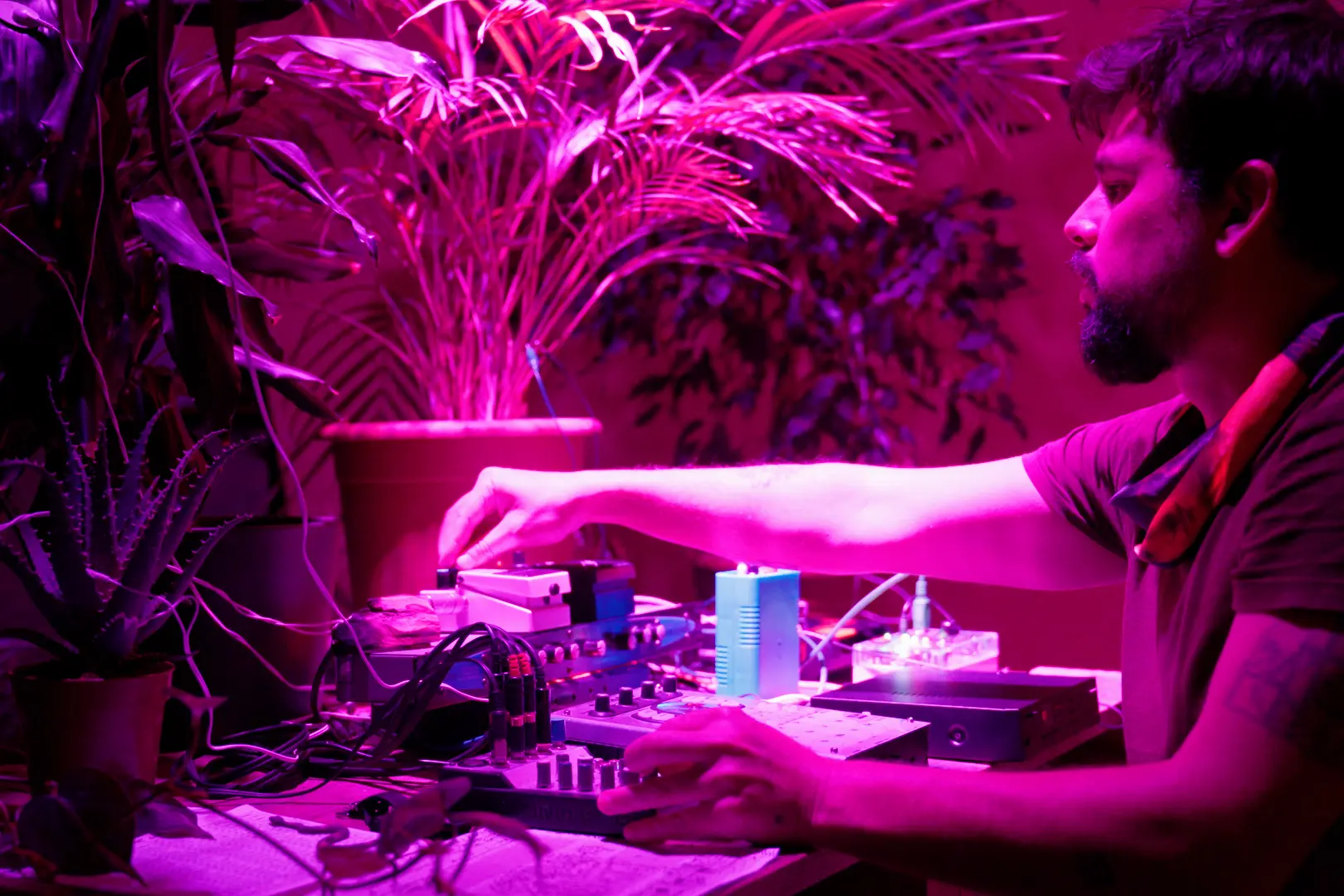
Das Ende ist merkwürdig, obwohl es uns täglich begegnet und wir viele seiner Formationen kennen. Manchmal ist es lang ersehnt, manchmal traurig und verstörend, manchmal bleibt es reine Fiktion. Performance Garten 10 wandert in der allgegenwärtigen Figur des Endes umher und tastet sich dabei in plurale Lesarten und Bedeutungsebenen vor. Wie denken, bereden und verkörpern wir das Ende von etwas? Welche Enden gehen uns besonders an? Und wann ist ein Ende ein Ausgang im Sinne einer Öffnung für Neues? Die Reflexionen, die die präsentierten Arbeiten anstoßen, sind vielfältig und spiegeln die Varianzen des Vergehens, indem sie vom individuellen menschlichen Tod über sozio-ökologische Massenphänomene wie Artensterben und Extraktivismen bis hin zu historischen Narrativen und mythologischen Klischees von Endzeit und Apokalypse reichen. So erscheint das Ende als intimer wie politischer Topos, als Mikro- wie Makrophänomen und vor allem als performativer Prozess.
The end is a strange thing, although we encounter it every day and know many of its forms. Sometimes it is long awaited, sometimes sad and disturbing, sometimes it remains pure fiction. Performance Garden 10 walks around the ubiquitous figure of the end, exploring its plural readings and levels of meaning. How do we think about, talk about and embody the end of something? Which endings are particularly close to us? And what makes an ending an escape that opens up to something new? The questions provoked by the presented artistic works are manifold and reflect the variations of passing, ranging from individual human death to socio-ecological mass phenomena such as species extinction and extractivism, to historical narratives and mythological tropes of end-times and apocalypse. The ending thus appears as an intimate as well as a political topos, as a micro as well as a macro phenomenon and, above all, as a performative process.

Lecture Performance

Sound Performance

Performance, Installation

Sound Performance

Video, Sound Performance

Sound Installation

Sound Installation

Lyrik, Druck

Streetart
- PERFORMANCE GARTEN 10
- ENDING(S)
- BAUI, KÖLN
- Hans-Abraham-Ochs-Weg 1
- 2. OKTOBER 2023
- PROGRAMM
- 18 – 22 UHR
- Mit Performances von
- MATTHIAS CONRADY
- JULIO LUGON
- MATHILDE HAWKINS
& MAX MAURO SCHMID - NIKOLAI BLAU
- NINA SARNELLE
- Installationen von
- RINA SCHMEING
- LORINA SPEDER
- Und einem Text von
- YOHAN HOLTKAMP, EVIE HELEN RECKENDREES, TOM TAUTORUS
- ab 22 UHR
- ⭐︎ AFTERSHOWPARTY ⭐︎
- KURATION
- RAPHAEL DI CANIO
- MAJA FUNKE
- VIVIEN GRABOWSKI